
 Sonora S1 ... used here for shrinking cable sleeves.
Sonora S1 ... used here for shrinking cable sleeves.
LEISTER Technologies of Switzerland has launched yet another innovative tool on the market, this time designed for the less demanding technician.
The Sonora S1 enables Leister to offer a cost-efficient angular tool which, although offering fewer options compared with the company’s other tools, can still be used across a wide range of applications.
The compact device, weighing just 600 grammes, offers benefits such as low vibrations and noise, making it suitable for indoor applications. It also ensures power saving through a standby mode and increased safety upon power failure through start-up protection.
Since customer requirements vary considerably across different sectors, Leister offers a wide range of nozzles that fit the corresponding tool and the individual job, says Mark Leo Irac, a spokesman for the UAE-based BMC Gulf, Leister’s exclusive sales and service partner for the Middle East.
“Leister has over 300 different standard nozzles in its range – drawing nozzles for connecting plastic pallets in process equipment manufacturing, wide slot nozzles for overlap welding in roofing and civil engineering, through to spoon sieve reflectors for shrinking cable connections,” he adds.
Leister is constantly bringing out new products or adapting existing tools to changes in the market. The Sonora S1 follows the recent launch of Triac AT, a sophisticated, intelligent tool for welding and shrinking plastic. Featuring an ergonomic design, secure handling and a modern look, it is designed for the needs of even the most demanding professional, says Irac.
 |
The Triac AT with the intuitive control unit. |
“For years, the Triac S has been among Leister’s most successful tools. Hopes are now high for a similar level of success with the new Triac AT. This has a number of new features over the Triac S that are designed to meet the requirements of the demanding professional – ergonomic construction, modern design and convincing electronics,” he says.
With the ‘e-Drive’, the Triac AT is equipped with a sophisticated control unit for intuitive handling. The turning knob fitted on the back of the easy-grip housing enables all the necessary functions to be easily controlled. The large display makes sure that information is clearly visible and distinct. Advanced electronics ensure that the temperature adjusts automatically, while the air volume can be set independently. The temperature probe, located in front of the heating element, enables the greatest precision, according to Irac.
“The high-quality hot air tool is equipped for any use. Its universal areas of application are virtually unlimited,” says Irac, adding that the Triac AT can be used both on the roof, in civil engineering, for billboards and tarpaulins, for plastic floors, in plastic fabrication as well as for shrinking. It proves its merit in any weather, and is just as effective outside on the building site as it is indoors, he adds.
Leister has been successfully developing, producing and selling hand tools, automatic welding machines, hand extruders and associated accessories for over 60 years, establishing a worldwide leadership position in its field.
Research and development has always been given very high priority at Leister, and functionality, safety and design are especially emphasised. Its hand tools continue to be developed and produced in Switzerland.
“The Central Europeans are well known for the high priorities they place on the quality of their products. That’s not only recognised by internationally renowned products such as watches or the Swiss army knife. The users of Leister tools also benefit from these high quality standards,” he says.
“With around 500 in-house employees and an extensive network of 120 retailers around the world, the company guarantees unparalleled delivery and service provision in the industry,” he says.
Its tools are used in roofing, civil engineering, plastic fabrication, for billboards and for processing plastic flooring. “In all of these sectors, customers need hand tools for welding or shrinking. This extensive range of applications is met by Leister’s wide-ranging product portfolio,” says the spokesman.
This ranges from the smallest hand tool, Hot Jet S, with 460 W power consumption, to the Triac at 1,600 W and the Forte S at 10 kW. Depending on the power consumption, maximum temperatures of up to 800 deg C can be achieved. To ensure that the user doesn’t burn his fingers, even at lower temperatures, Leister hand tools are fitted with an additional protective tube, which sits over the heating element tube.
“Normally, a hand tool is equipped with an integrated blower, which sucks in air and heats it to the desired temperature via the heating element. In plastic fabrication, however, tools such as the Welding Pen or the Diode are used, which are supplied with air using an external blower,” says Irac.













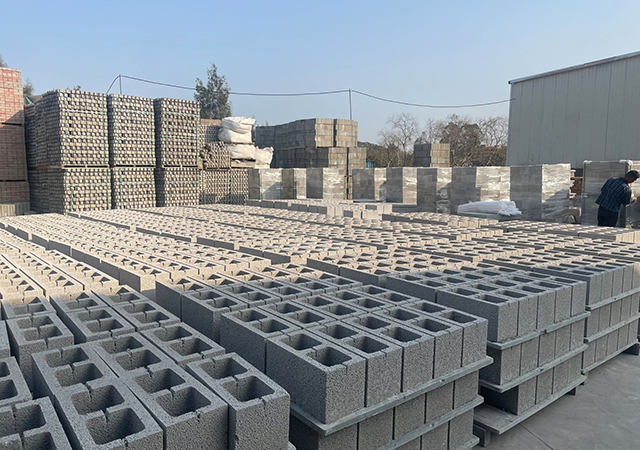


.jpg)
.jpg)
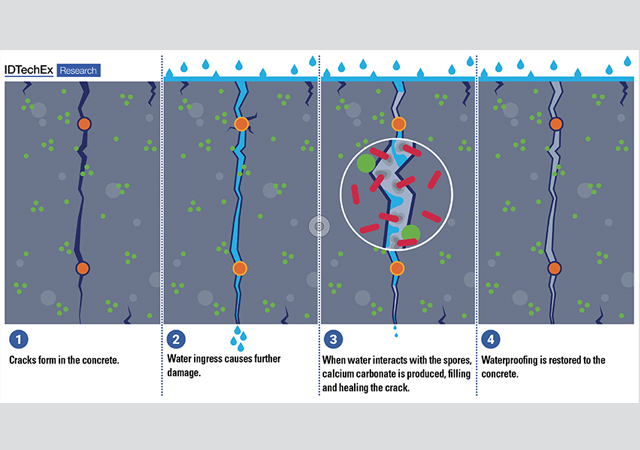

.jpg)
.jpg)
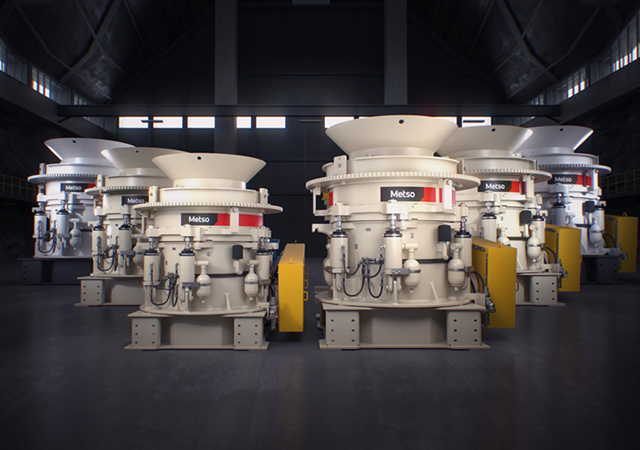
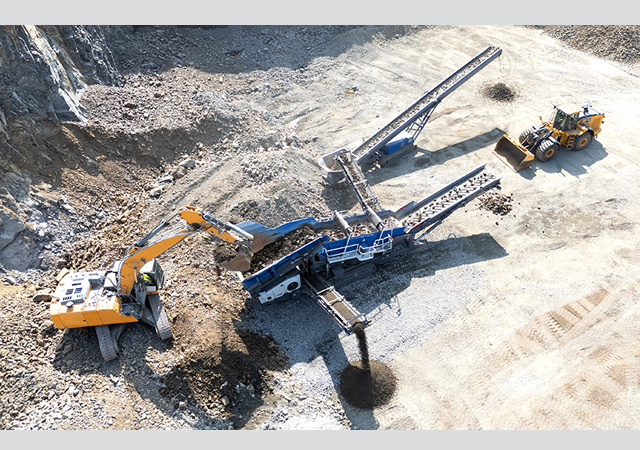
.jpg)
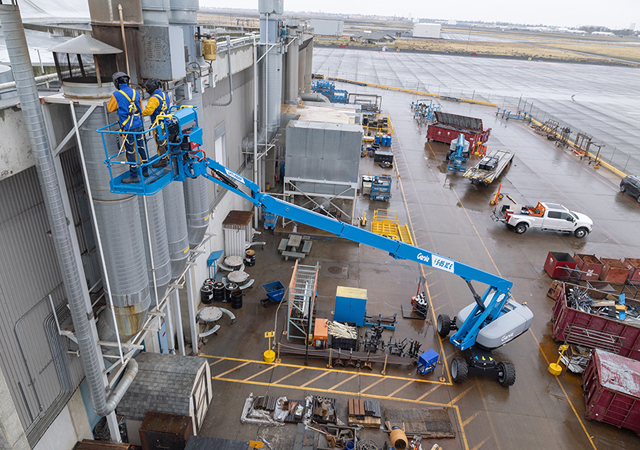

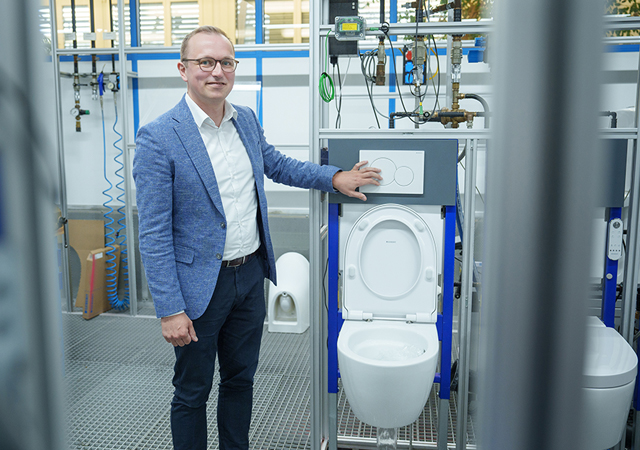

 Doka.jpg)































